Morocco
For Morocco, the caftan is far more than an elegant garment — it is a national symbol of identity, craftsmanship, and cultural pride. This traditional attire, which has evolved across centuries, is now worn on global runways while preserving the soul of Moroccan heritage. Today, Morocco is seeking to have the caftan inscribed on UNESCO’s Intangible Cultural Heritage of Humanity list, a candidacy submitted this year.
Originally designed for men, the caftan has become a global fashion icon through the women who proudly wear it. The long, flowing tunic — open and buttoned at the front, with or without a belt — has inspired some of the world’s most prestigious fashion houses. Designers such as Dior, Balenciaga, Yves Saint Laurent and Valentino have all drawn inspiration from its elegance. Yet, at its heart, the caftan remains a masterpiece of Moroccan artistry, crafted stitch by stitch by skilled hands.
“For me, the caftan is more than a garment, it’s a symbol of refinement, heritage and identity,” says Moroccan designer Fedila El Gadi, whose work celebrates the garment’s timeless beauty.
El Gadi draws deeply from Morocco’s artisan traditions to modernize the caftan while honoring its origins. Determined to preserve this craftsmanship, she founded a training center in Salé, where she teaches embroidery and traditional fashion-making skills to children from underprivileged backgrounds.
“The aim of the Salé school is to preserve Moroccan craftsmanship. Because I really want this craft to continue to use this art,” she explains.
Each caftan is a tapestry of knowledge — a fusion of fabrics, regional styles and refined techniques. From velvet and silk to gold-threaded embroidery, the artistry differs from city to city: Salé, Marrakech, Tetouan and Fez each carry their own signature.
“The caftan brings together a whole range of expertise. Techniques vary greatly. The fabric changes from one region to another, with patterns that are very, very hard to make,” notes Hajar El Khawda, Deputy Curator of the Jewelry Museum in Rabat.
Between a caftan from the 19th century and one from today lies a continuous cultural thread — an intergenerational legacy that transforms fabric into heritage. As Morocco pushes for UNESCO recognition, the caftan stands not only as a fashion statement, but as a living testament to the country’s history, identity and artistry.


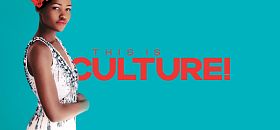


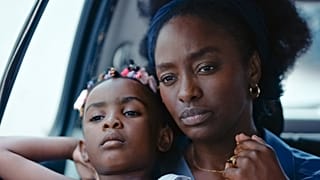
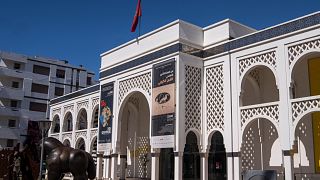

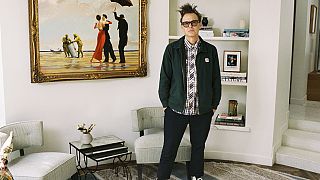

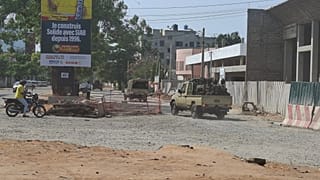


01:03
Royal Air Maroc to launch Africa's first direct flight to Los Angeles
01:05
GCC backs Morocco’s sovereignty over Western Sahara Amid UN endorsement
00:50
Saffron harvesting flourishes in Morocco's rural Ikniouen commune
00:51
Cameroon fires coach as new hire omits Onana, Aboubakar ahead of AFCON
00:58
Moroccan runners shine at Dar Bouazza’s 'Darb Race' half-marathon
02:01
African Cup Of Nations deserves same respect as any other tournament